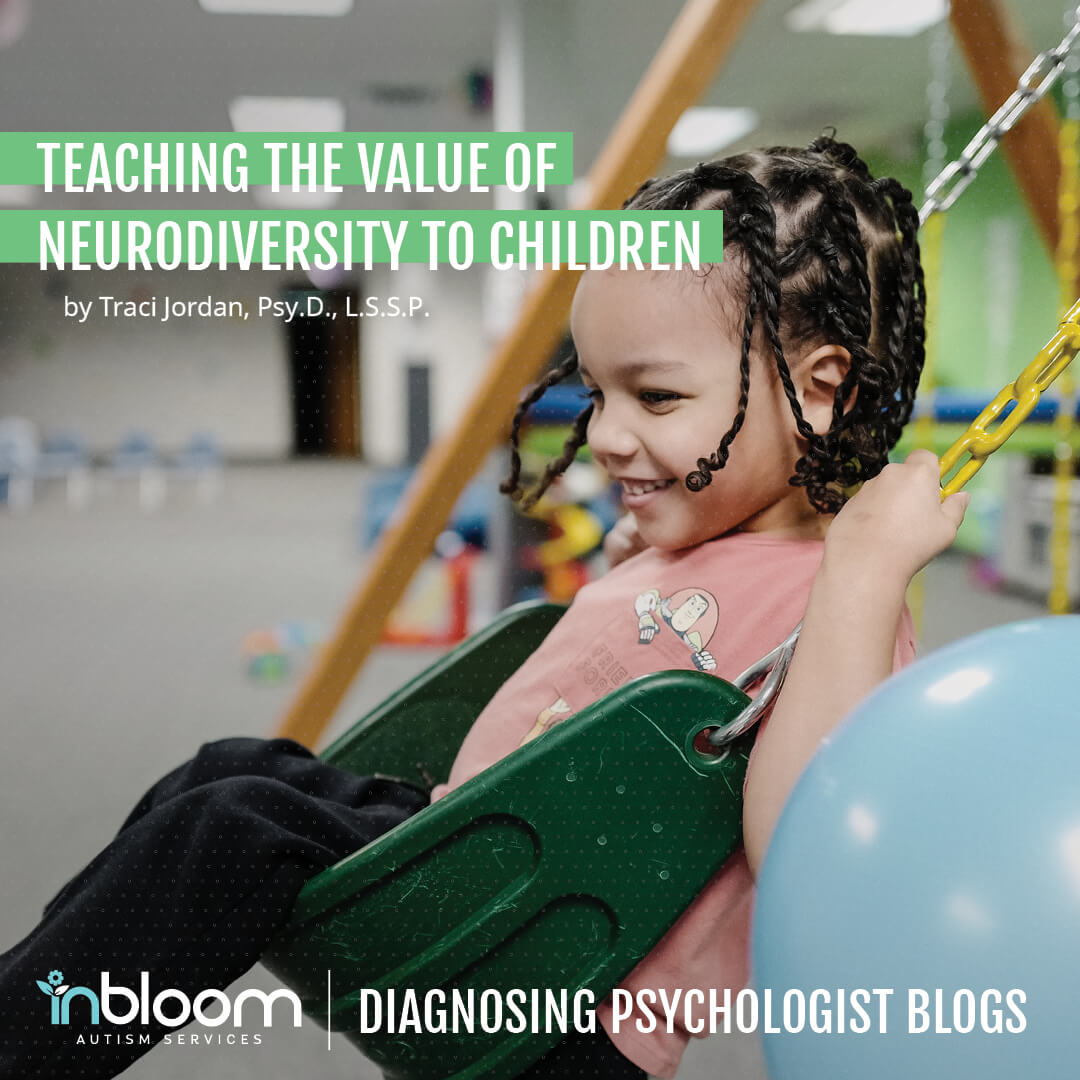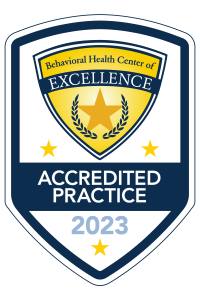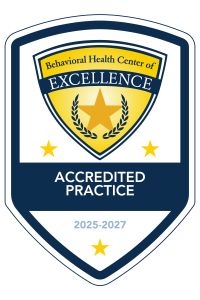Teaching the Value of Neurodiversity to Children

Every child’s brain works in its own unique way. Neurodiversity reminds us that there is no single “right” way to think, learn, or experience the world. Just as cultural diversity brings richness to our communities, neurodiversity adds creativity, problem-solving, and a range of perspectives that make us stronger together.
By helping children understand and value neurodiversity, including autism, we encourage them to embrace differences with kindness and respect. This guide explores what neurodiversity is, how autism fits within it, and practical ways to teach children the value of every mind.
To learn more about neurodiversity and autism, continue reading below.
What is Neurodiversity?
Neurodiversity refers to the natural differences in brain structure and function that occur among people.
Just as there is no single “correct” culture, there is no single “correct” way for a brain to work. Every mind processes information in its own way, contributing to the variety of human experiences.
Nature and Nurture in Brain Development
Scientists agree that both genetics and life experiences shape how our brains develop.
From birth, each child carries a genetic blueprint that influences how they think, feel, and relate to others.
Over time, experiences such as learning a musical instrument, socializing with peers, or exploring new interests strengthen specific brain pathways.
This combination of nature and nurture creates unique ways of thinking, learning, and problem-solving.
Scientific Insights into Brain Variability
Research using magnetic resonance imaging (MRI) has shown that the human brain displays more variability than the brains of any other species.
This variability comes from the interaction of our genes with our life experiences. It is one of the reasons why humans are capable of creativity, innovation, and adapting to new situations.
Neurodiversity and Autism
Autism is one example of neurodiversity, representing the natural variations in how children think, communicate, and learn.
Understanding how autism fits within the broader concept of neurodiversity helps promote acceptance and support for every child’s strengths and needs.
How Autism Fits Within Neurodiversity
Autism spectrum disorder (ASD) is part of the broad range of natural brain differences.
Children with autism may think, learn, and communicate in ways that are different from their peers, and these differences can be strengths.
Recognizing autism as part of neurodiversity helps create understanding and acceptance.
Common Traits and Misconceptions
Children with autism may have unique patterns of communication, sensory processing, and learning. Some may excel in memory, focus, or specialized interests, while facing challenges in other areas.
Misunderstandings about autism can lead to stereotypes, so it is important to highlight both strengths and challenges in a balanced, respectful way.
Neurodiversity in ABA Therapy
Applied Behavior Analysis (ABA) therapy supports neurodiverse children by creating individualized learning programs. These programs focus on building skills, encouraging independence, and supporting each child’s strengths while addressing their unique needs.
How to Talk to Kids About Neurodiversity
Conversations about brain differences can begin at a young age.
Talking openly and positively about everyone’s strengths and challenges helps children understand that differences are a normal and valuable part of life.
Use Books and Media as Tools
Books and media with neurodiverse characters can make abstract ideas easier to understand.
Stories such as Uniquely Wired: A Story About Autism and Its Gifts and The Superhero Brain: Explaining Autism to Empower Kids show children that brains can work in many different ways.
Characters like Julia from Sesame Street provide a familiar and approachable introduction to autism.
Reinforce Strengths and Individuality
When a child shows a special interest, encourage them to explore it. Whether it is dinosaurs, outer space, or music, these interests can be used as learning tools and celebrated as part of their individuality.
Embracing Neurodiversity in Learning Environments
Creating learning environments that value neurodiversity means recognizing and supporting the unique ways each child processes information, engages with others, and experiences the world.
Accommodating Different Learning Styles
Some children learn best through visuals, others through listening, movement, or hands-on experiences. Adapting how information is presented can make learning more effective and enjoyable.
Sensory, Emotional, and Social Needs
Recognizing sensory and emotional needs helps create a comfortable learning environment. For some children, this may mean quiet spaces, transition reminders, or the use of fidget tools. Understanding these needs supports focus and emotional regulation.
Tools That Support Neurodiverse Learners
Practical tools such as visual schedules, checklists, or calming music can help children transition between activities.
Minor adjustments can make a big difference in helping each child feel supported in their learning space.
How ABA Therapy Supports Neurodiverse Learners
ABA therapy at InBloom is tailored to each child’s needs and abilities. Board Certified Behavior Analysts (BCBAs) design programs that focus on communication, social skills, independence, and personal growth.
Parent Collaboration with BCBAs
Parents work closely with BCBAs and Behavior Therapists (RBTs) to set goals, review progress, and learn strategies for supporting their child’s growth at home. This teamwork helps skills transfer from therapy sessions into everyday life.
Real-Life Benefits of ABA in Learning
Children in ABA therapy often show improvements in language, social interactions, self-care, and adaptability. These skills can lead to greater confidence and independence, both now and in the future.
When a Diagnosis Supports Understanding
A professional autism evaluation by a licensed psychologist or developmental specialist can provide valuable insights into a child’s abilities and needs. This information can guide parents, educators, and therapists in creating supportive environments.
Accessing Support Services Through Diagnosis
A diagnosis can open the door to therapies, accommodations, and services that help children reach their potential. It can also make it easier for families to access educational and community resources.
Helping Others Understand Your Child
Sharing information about neurodiversity with teachers, classmates, and extended family can foster empathy and inclusion. Helping others understand a child’s needs promotes stronger relationships and more supportive environments.
InBloom’s Approach to Neurodiversity
At InBloom Autism Services, we see each child’s uniqueness as a strength. No two learning journeys are the same, and our goal is to help every child bloom in their own way.
Through motivation, collaboration, and effort, we work with families to create personalized ABA therapy programs that build skills, encourage independence, and celebrate progress.
To learn more about how InBloom Autism Services embraces neurodiversity and supports every child’s growth, contact our helpful, caring team today at 888-754-0398!



